<< Previous | Displaying results 276-300 of 489 for "warsaw" | Next >>
Michal was one of two children born to Catholic parents living in Siedlce, a large town some 65 miles east of Warsaw. Michal's father was an intelligence officer in the Polish army. Because his duty station frequently changed, the family lived in several towns along the Polish-Soviet border. As a child, Michal enjoyed photography and was active in the boy scouts. 1933-39: Michal's family was living in Wilejka, a town near Vilna, when the Germans attacked Poland on September 1, 1939. The Soviet army…
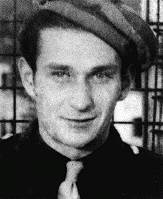
Ethel was born to a Jewish family living in Warsaw. When she was 9, her family moved to the town of Mogielnica, about 40 miles southwest of Warsaw. Ethel's father spent much of his time studying religious texts. His wife managed the family liquor store. Ethel attended public school during the day and was tutored in religious studies in the evening. 1933-39: Ethel had always wanted to be a teacher. At age 14, after attending religious school in Lodz, she began to teach in the town of Kalisz, where her…
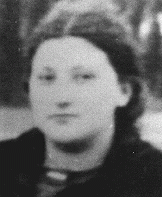
Dawid was the older of two sons born to Jewish parents in Warsaw. His mother supported the family by selling women's clothing. Dawid's father wrote for the Yiddish newspaper Haynt and the journal Literarishe Bleter. The Szpiros lived in the heart of Warsaw's Jewish district, where Dawid and his brother, Shlomo, attended Jewish schools. 1933-39: Dawid graduated from a trade school at the age of 17 and began working as a mechanic. When his father took a job in Argentina in 1937, Dawid and his brother sent…
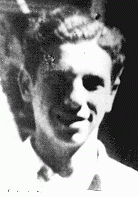
Pawel, a Roman Catholic, fled to Danzig, Germany, in 1914 to avoid conscription in the Russian army. Since Germany and Russia were at war, Pawel was arrested by the Germans as an enemy alien and sent to work on a farm in northern Germany. He met Anna Szachowska there, and they married in 1918. The couple moved to Warsaw where they raised 4 children. In 1930 Pawel opened a textile business. 1933-39: Despite the Depression, Pawel's business prospered and they expanded their operations. In 1938 some friends…
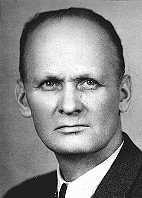
Leah grew up in Praga, a suburb of Warsaw, Poland. She was active in the Ha-Shomer ha-Tsa'ir Zionist youth movement. Germany invaded Poland in September 1939. Jews were forced to live in the Warsaw ghetto, which the Germans sealed off in November 1940. In the ghetto, Leah lived with a group of Ha-Shomer ha-Tsa'ir members. In September 1941, she and other members of the youth group escaped from the ghetto to a Ha-Shomer ha-Tsa'ir farm in Zarki, near Czestochowa, Poland. In May 1942, Leah became a courier…
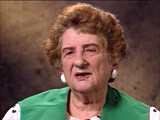
Susan was 19 years old when Germany invaded Poland in September 1939. Her boyfriend, Nathan, was in Lvov when the Soviet Union occupied eastern Poland. Nathan sent a guide to Warsaw to bring Susan to the Soviet zone of occupied Poland. Her parents reluctantly agreed after Susan promised to return to Warsaw within two weeks. Upon her arrival in Lvov, Susan married Nathan. The couple then fled across the Lithuanian border to Vilna, where they stayed for a year. They received a visa for transit through Japan…

Explore a timeline of key events during 1943 in the history of Nazi Germany, World War II, and the Holocaust.
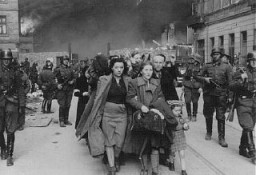
Shimshon and Tova Draenger, members of the underground in the Kraków and Warsaw ghettos and partisans in the Wisnicz Forest. Krakow, Poland, date uncertain.
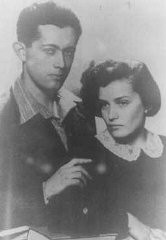
Jewish partisans, survivors of the Warsaw ghetto uprising, at a family camp in Wyszkow forest. Poland, 1944.
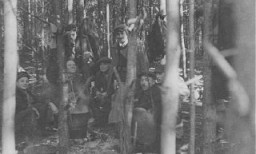
Hieronim Sabala (known as "Flora"), a member of the "Gray Columns" (code name for the underground scouts of the Polish resistance movement). Warsaw, Poland, 1939.
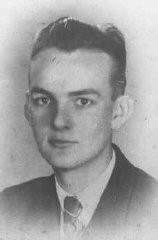
Portrait of Tosia Altman (1918-1943), Jewish youth leader and member of the Jewish underground in the Warsaw ghetto.
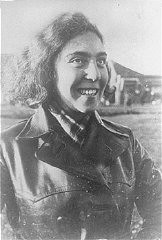
Regina at Zelazowa Wola (near Warsaw), the birthplace of Frederick Chopin, during a visit to Poland in August 1980.
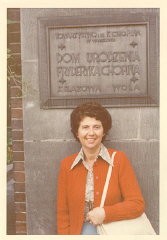
Portrait of Rabbi Shimon Hoberband, who was involved in the activities of Emanuel Ringelblum's Oneg Shabbat archives in the Warsaw ghetto.
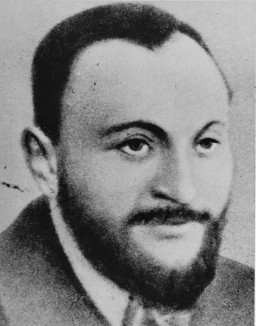
The Germans established Jewish councils (Judenraete) in the ghettos. Forced to implement Nazi policy, council leaders and members faced impossible moral dilemmas.
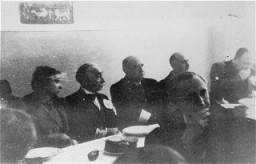
Explore a timeline of key events during 1940 in the history of Nazi Germany, World War II, and the Holocaust.
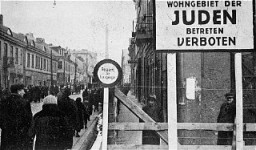
Leon Jakubowicz began constructing a model of the Lodz ghetto in the spring of 1940, after the ghetto was sealed. Explore the artifact and Leon's story.

From July 1941-May 1944, the SS camp at Trawniki had several purposes. It is best known as the training site for auxiliary police guards used in Nazi killing centers. Learn more.
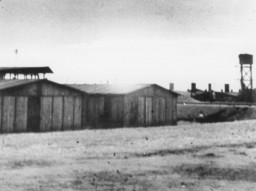
Abraham Lewent, who had been sent from the Warsaw ghetto to Majdanek and later transferred to several concentration camps in Germany, wore this jacket as part of the uniform issued to him upon his arrival in the Buchenwald concentration camp in 1944.
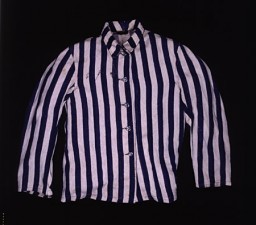
William Bein, director of the American Jewish Joint Distribution Committee (JDC) in Poland, with children at the Srodborow home for Jewish children, near Warsaw. The home was financed by the JDC. Srodborow, Poland, 1946.
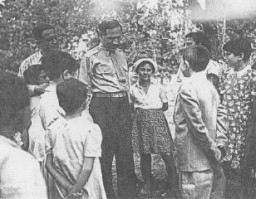
Group portrait of members of the Hashomer Hatzair socialist Zionist youth movement. Pictured in the back row, left to right, are: Tzvi Braun, Shifra Sokolka and Mordechai Anielewicz. Seated in front are Moshe Domb and Rachel Zilberberg ("Sarenka"). Warsaw, Poland, 1938.
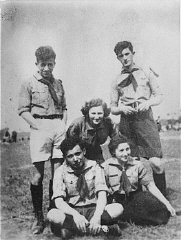
Cover of an underground Yiddish newspaper, Jugend Shtimme (Voice of Youth). Writing on the bottom of the cover reads: "Fascism must be smashed." Warsaw ghetto, Poland, January–February 1941.

Moses Beckelman was an American social worker who joined the JDC in 1939. Learn more about his efforts to help refugees fleeing Nazism during the war.
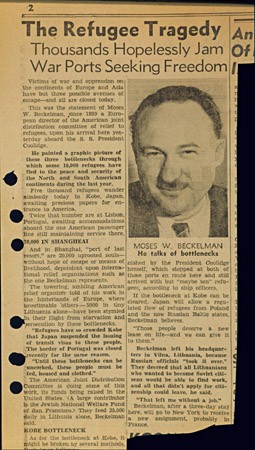
Leah grew up in Praga, a suburb of Warsaw, Poland. She was active in the Ha-Shomer ha-Tsa'ir Zionist youth movement. Germany invaded Poland in September 1939. Jews were forced to live in the Warsaw ghetto, which the Germans sealed off in November 1940. In the ghetto, Leah lived with a group of Ha-Shomer ha-Tsa'ir members. In September 1941, she and other members of the youth group escaped from the ghetto to a Ha-Shomer ha-Tsa'ir farm in Zarki, near Czestochowa, Poland. In May 1942, Leah became a courier…
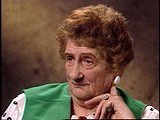
World War II was the largest and most destructive conflict in history. Learn about key WWII dates in this timeline of events, including when WW2 started and ended.
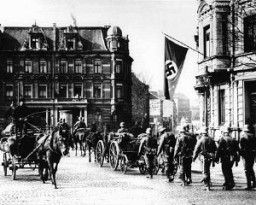
Walter was the oldest of eight children born to Polish-Catholic immigrant parents in a town near Boston, Massachusetts. The family moved back to Poland when Walter was a child, and lived on a family farm near Ostroleka in northern Poland that Walter's mother had inherited. Because his father's American nickname was "Stetson," Walter was mistakenly registered as "Charles Stetson" on his American birth certificate. 1933-39: After Walter completed secondary school, his father sent him to the University of…
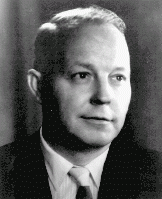
We would like to thank Crown Family Philanthropies, Abe and Ida Cooper Foundation, the Claims Conference, EVZ, and BMF for supporting the ongoing work to create content and resources for the Holocaust Encyclopedia. View the list of donor acknowledgement.